
Ueno Hikoma was a pioneer Japanese photographer, born in Nagasaki. He is noted for his fine portraits, often of important Japanese and foreign figures, and for his excellent landscapes, particularly of Nagasaki and its surroundings. Ueno was a major figure in nineteenth-century Japanese photography as a commercially and artistically successful photographer and as an instructor.

Adolfo Farsari was an Italian photographer based in Yokohama, Japan. His studio, the last notable foreign-owned studio in Japan, was one of the country's largest and most prolific commercial photographic firms. Largely due to Farsari's exacting technical standards and his entrepreneurial abilities, it had a significant influence on the development of photography in Japan.
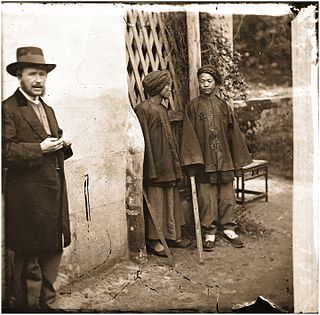
John Thomson was a pioneering Scottish photographer, geographer, and traveller. He was one of the first photographers to travel to the Far East, documenting the people, landscapes and artefacts of eastern cultures. Upon returning home, his work among the street people of London cemented his reputation, and is regarded as a classic instance of social documentary which laid the foundations for photojournalism. He went on to become a portrait photographer of High Society in Mayfair, gaining the Royal Warrant in 1881.
Asahi Camera was a Japanese monthly photographic magazine, published from April 1926 until July 2020, when it was discontinued due to declining circulation.

The firm of Stillfried & Andersen, also known as the Japan Photographic Association, was a photographic studio founded by Baron Raimund von Stillfried and Hermann Andersen that operated in Yokohama, Japan between 1876 and 1885. The studio is noted for its portraits and landscapes that were often hand-coloured and presented in bound albums. The firm also produced photographic prints from negatives by Felice Beato.
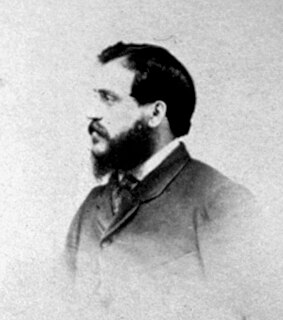
Felice Beato, also known as Felix Beato, was an Italian–British photographer. He was one of the first people to take photographs in East Asia and one of the first war photographers. He is noted for his genre works, portraits, and views and panoramas of the architecture and landscapes of Asia and the Mediterranean region. Beato's travels gave him the opportunity to create images of countries, people, and events that were unfamiliar and remote to most people in Europe and North America. His work provides images of such events like the Indian Rebellion of 1857 and the Second Opium War, and represents the first substantial body of photojournalism. He influenced other photographers, and his influence in Japan, where he taught and worked with numerous other photographers and artists, was particularly deep and lasting.
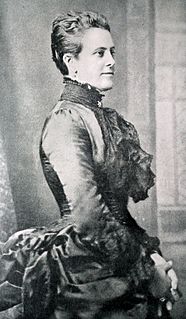
Anna "Annie" Brassey, Baroness Brassey was an English traveller and writer. Her bestselling book A Voyage in the Sunbeam, our Home on the Ocean for Eleven Months (1878) describes a voyage around the world.

Yokoyama Matsusaburō was a pioneering Japanese photographer, artist, lithographer and teacher.
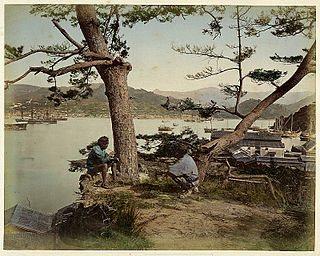
Uchida Kuichi was a pioneering Japanese photographer from Nagasaki. He was greatly respected as a portrait photographer and was the only photographer granted a sitting to photograph the Emperor Meiji.
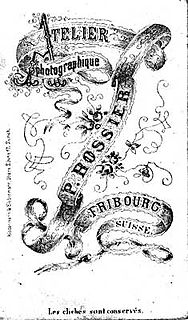
Pierre Joseph Rossier was a pioneering Swiss photographer whose albumen photographs, which include stereographs and cartes-de-visite, comprise portraits, cityscapes, and landscapes. He was commissioned by the London firm of Negretti and Zambra to travel to Asia and document the progress of the Anglo-French troops in the Second Opium War and, although he failed to join that military expedition, he remained in Asia for several years, producing the first commercial photographs of China, the Philippines, Japan and Siam. He was the first professional photographer in Japan, where he trained Ueno Hikoma, Maeda Genzō, Horie Kuwajirō, as well as lesser known members of the first generation of Japanese photographers. In Switzerland he established photographic studios in Fribourg and Einsiedeln, and he also produced images elsewhere in the country. Rossier is an important figure in the early history of photography not only because of his own images, but also because of the critical impact of his teaching in the early days of Japanese photography.
Tong Cheong was a Chinese photographer who operated in Yokohama, Japan in the 19th century. Cheong advertised his services as a printer and photographer in the 1884 Japan Directory, offering souvenir albums of the "views and costumes" of Japan. The 1885 advertisement for his business, now called Tong Cheong Brothers, has no mention of photography, simply noting services as printers and bookbinders. Following a period in which many foreign photographers were living and working in Japan, by the end of 1886 Tong Cheong and Adolfo Farsari were the only foreign commercial photographers still operating in the country. By the following year Cheong had left Japan.

Isaiah West Taber was an American daguerreotypist, ambrotypist, and photographer who took many pictures of noted Californians, which he donated to the California State Library "that the state may preserve the names and faces, and keep alive the memory of those who made it what it is." He was also a sketch artist and dentist. His studio also produced a series of stereoscopic views of west coast scenery.
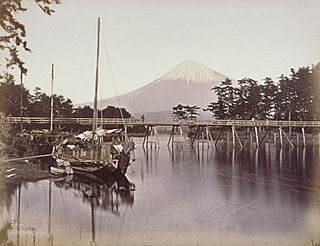
Suzuki Shin'ichi was the older Japanese photographer of that name.

Tomishige Rihei was an important 19th and early 20th century Japanese photographer. He was a pioneer of wet-plate photography in Japan and was noted for his excellent large-format, albumen landscapes. Tomishige is especially renowned in Kyūshū.
Suzuki Shin'ichi was the younger of two Japanese photographers to bear that name.
John Reddie Black was a Scottish publisher, journalist, writer, photographer, and singer. Much of his career was spent in China and Japan where he published several newspapers including The Far East, a fortnightly newsmagazine illustrated with original photographs.
Hong Cheong was a Chinese photographer who operated a photographic studio in Yokohama, Japan between 1875 and 1885. In addition to his photographic work he was an artist, chart copier, portrait painter, and dealer in picture frames. Cheong left Japan in 1885 and opened a studio in Hong Kong. His photographic works included large format hand-coloured albumen prints.

Henry James Black was a kabuki actor and Japan's first foreign-born rakugoka, or public storyteller, performing under the name Kairakutei Black I. He was also known by the name Black Ishii.

Francisco Pi y Margall was a Spanish federalist and republican politician and theorist who served as president of the short-lived First Spanish Republic in 1873. He was also a historian, philosopher, romanticist writer, and was also the leader of the Federal Democratic Republican Party and the Democratic Party. Pi was turned into a sort of secular saint in his time.

Australian Town and Country Journal was a weekly English language broadsheet newspaper published in Sydney, New South Wales, from 1870 to 1919. The paper was founded by Samuel Bennett with his intention for it to be "valuable to everybody for its great amount of useful and reliable information".















